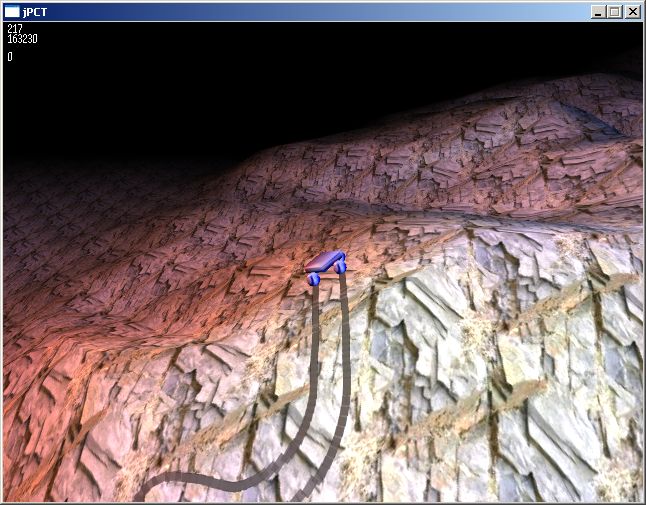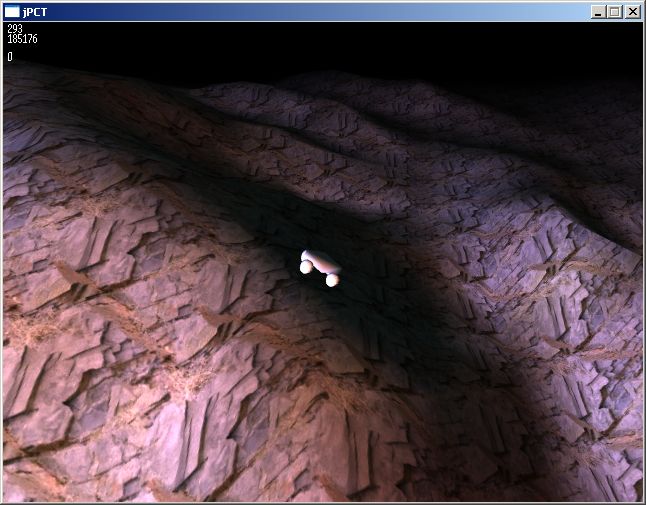Maybe your naming when adding the textures to the manager doesn't match the naming of the textures in the material. The fps-example loads and adds them with their complete name, i.e. "car1.jpg", while in your applet example, you simply named the texture "car1".
Have a look at the console output...does the loader prints out some messages like
Texture named blahblah.jpg added to TextureManager!
? If so, your naming is definitely not correct and your should add your textures using the exakt name that's defined in the material.
Have a look at the console output...does the loader prints out some messages like
Texture named blahblah.jpg added to TextureManager!
? If so, your naming is definitely not correct and your should add your textures using the exakt name that's defined in the material.



 )
)